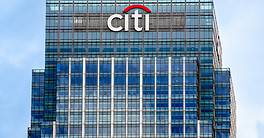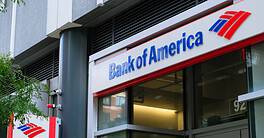The infrastructure financing challenge has spurred innovative capital market solutions and public financial tools.

According to the World Economic Forum, the world is facing a $15 trillion infrastructure financing gap by 2040—and the Covid-19 pandemic’s negative consequences will widen this gap in many markets. The infrastructure financing challenge has spurred innovative capital market solutions and public financial tools.
First, major publicly listed private equity funds are launching dedicated infrastructure funds to support infrastructure investments. KKR, a publicly traded global private equity fund, for example, announced in October the launch of Virescent Infrastructure, an investment platform to acquire and operate Indian renewable-energy projects. KKR’s funds will invest in operational renewable-energy assets via the new platform, which already owns solar assets in India.
Second, banks and multilateral institutions are looking for creative ways to list specific assets, in order to provide liquidity to capital-intensive infrastructure assets. The Global Listed Infrastructure Organisation (GLIO), for example, has been working with multilateral organizations such as the OECD to encourage member states to allow and foster direct listing of assets via an infrastructure investment trust. This is similar to the model of a real estate investment trust (REIT) that floats a realestate holding company. GLIO, which represents the $2.5 trillion listed infrastructure asset class, is supported by regulated utilities, transportation infrastructure entities, communication infrastructure concerns and energy-transportation infrastructure companies.
Third, governments globally are initiating sovereign funds, funded by public and private sources, in order to invest in infrastructure exclusively. The National Investment and Infrastructure Fund (NIIF) is an infrastructure-specific investment fund—the first of its kind—established by the Indian government. It includes a variety of instruments, including a master fund that invests in operating assets, infrastructure funds and a strategic fund that invests in equity assets. The NIIF attracts sovereign fund investors such as Abu Dhabi Investment Authority and other international institutional investors.
Finally, governments may combine several sovereign financial entities in order to invest in infrastructure across borders. Marguerite II—the follow-up vehicle to Marguerite I, which was established following the financial crisis of 2008—allows the European Investment Bank (EIB) to deploy €745 million (about $891 billion) into pan-European projects. The fund can invest in greenfield infrastructure before projects are fully developed, whereas traditional private funds tend to avoid such risk. The fund is backed by the EIB, the European Central Bank and several regional promotional sovereign agencies, such as Poland’s BGK. The EllaLink, an impressive subsea communication cable connecting Europe and Brazil, and the new Zagreb Airport are some of its investments.



